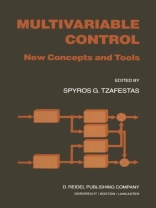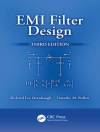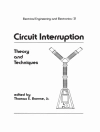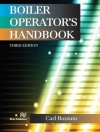The foundation of linear systems theory goes back to Newton and has been followed over the years by many improvements such as linear operator theory, Laplace Transformation etc. After the World War II, feedback control theory has shown a rapid development, and standard elegant analysis and synthesis techniques have been discovered by control system workers, such as root-locus (Evans) and frequency response methods (Nyquist, Bode). These permitted a fast and efficient analysis of simple-loop control systems, but in their original "paper-and-pencil" form were not appropriate for multiple- loop high-order systems. The advent of fast digital computers, together with the development of multivariable multi-loop system techniques, have eliminated these difficulties. Multivariable control theory has followed two main avenues; the optimal control approach, and the algebraic and frequency-domain control approach. An important key concept in the whole multivariable system theory is "ob- servability and controllability" which revealed the exact relationships between transfer functions and the state variable representations. This has given new insight into the phenomenon of "hidden oscillations" and to the transfer function modelling of dynamic systems. The basic tool in optimal control theory is the celebrated matrix Riccati differential equation which provides the time-varying feedback gains in a linear-quadratic control system cell. Much theory presently exists for the characteristic properties and solution of this Riccati equation.
S.G. Tzafestas
Multivariable Control [PDF ebook]
New Concepts and Tools
Multivariable Control [PDF ebook]
New Concepts and Tools
Köp den här e-boken och få 1 till GRATIS!
Språk Engelska ● Formatera PDF ● ISBN 9789400964785 ● Redaktör S.G. Tzafestas ● Utgivare Springer Netherlands ● Publicerad 2012 ● Nedladdningsbara 3 gånger ● Valuta EUR ● ID 4592592 ● Kopieringsskydd Adobe DRM
Kräver en DRM-kapabel e-läsare












